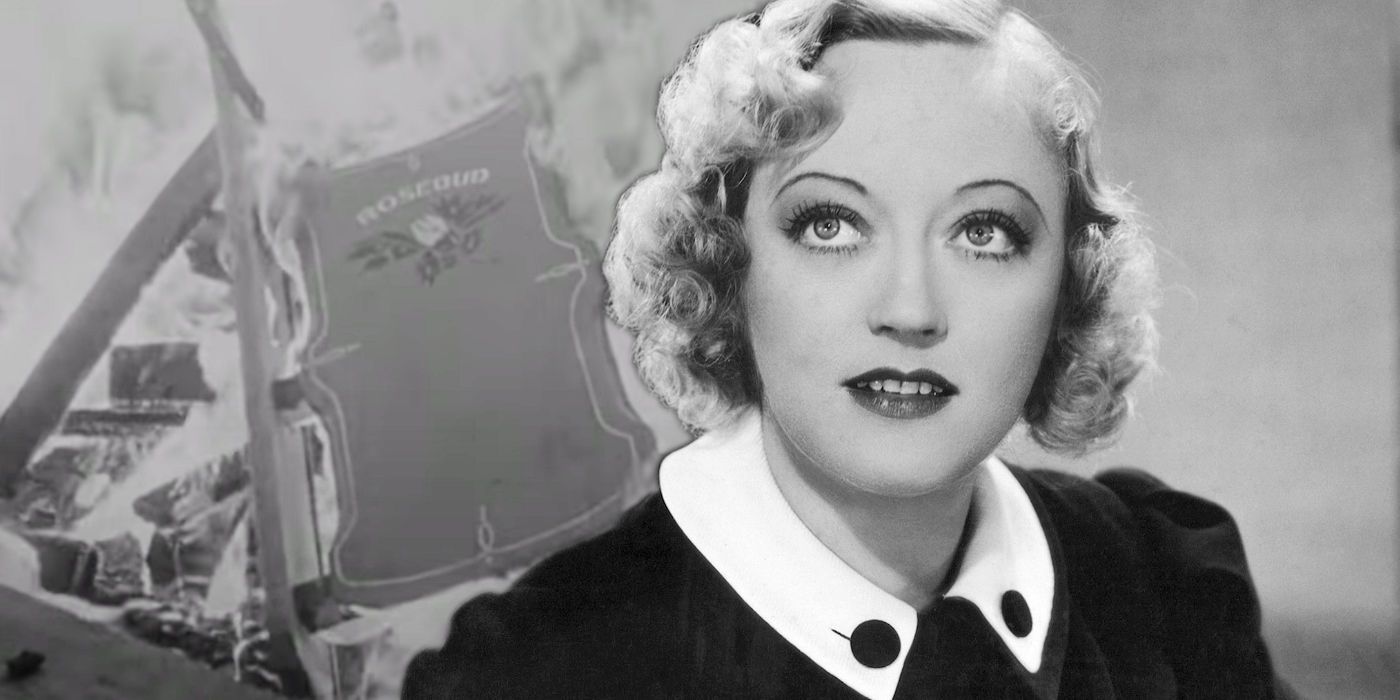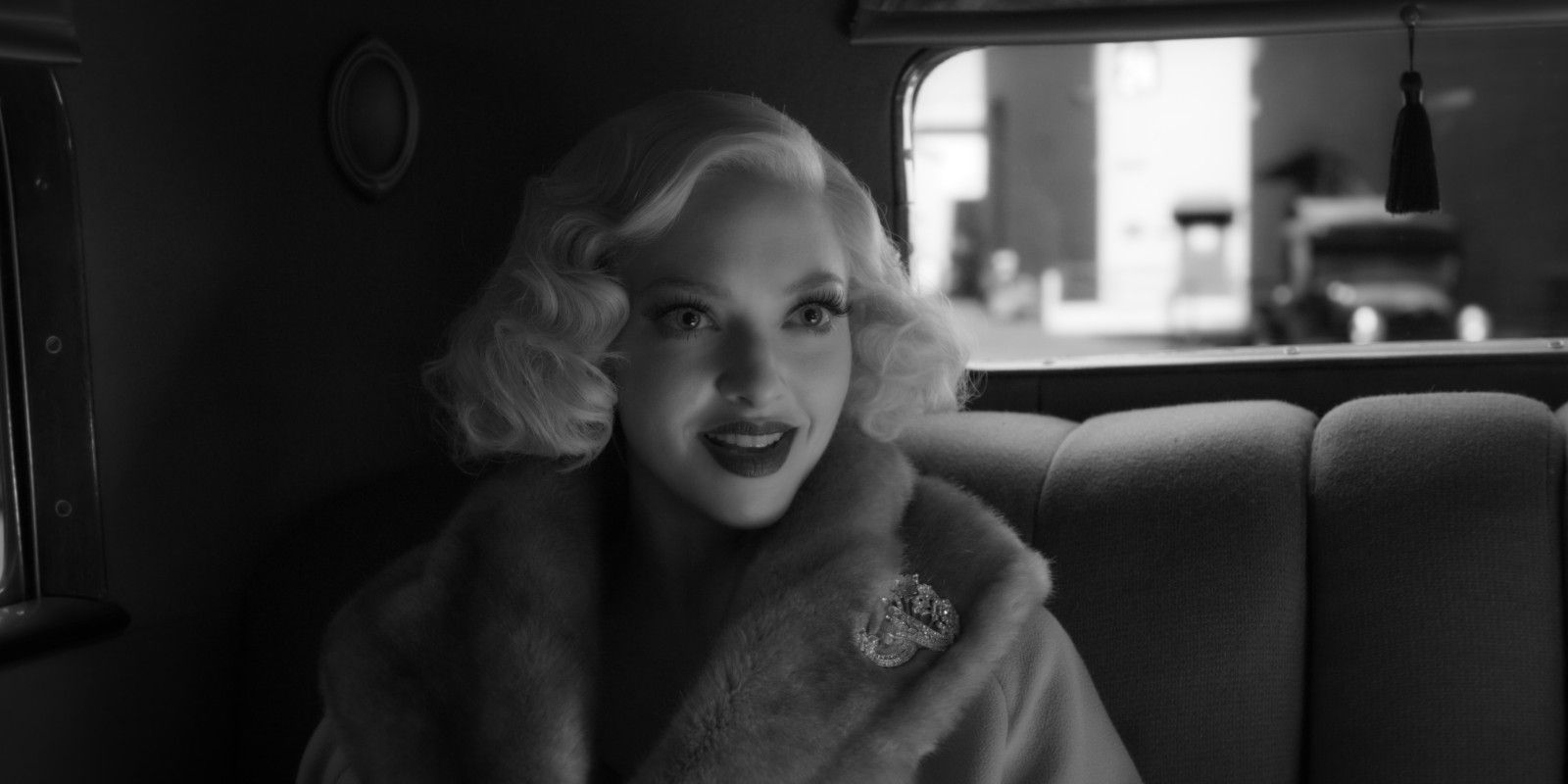
The true inspiration for the name "Rosebud" in Citizen Kane could have come from actress Marian Davies, as implied in Mank. In Orson Welles' 1941 movie Citizen Kane, "Rosebud" is uttered by the character Charles Foster Kane on his deathbed, and subsequently becomes a MacGuffin plot device for the rest of the movie. Since Mank explores the writing process for Citizen Kane, it heavily implies that screenwriter Herman J. Mankiewicz used "Rosebud" as a Hollywood insider joke on media mogul William Randolph Hearst and his mistress, Davies.
Citizen Kane follows the rise and fall of Kane, who is portrayed by none other than Welles. The film begins with the main character dropping a snow globe and dying after stating "Rosebud." Later, a flashback scene shows a young Kane happily sledding in the snow. By the climax, it's revealed to the audience - but not to the movie's characters - that "Rosebud" was the brand name of Kane's childhood sled; a symbol of his innocence before he was moved to a boarding home. With Mank, director David Fincher and screenwriter Jack Fincher explore Hollywood mythology and how rumors spread about the actual meaning of "Rosebud." Citizen Kane was partially inspired by the life story of Hearst.
A brief moment in Mank suggests that Davies' romantic relationship with Hearst inspired "Rosebud" in Citizen Kane. For dramatic purposes, the Finchers establish a close friendship between Mankiewicz and the actress, who starred in 46 movies for Hearst's studio, Cosmopolitan Productions, and spent a large majority of her time at the Hearst Castle in San Simeon, California. As Mankiewicz learns more about Davies and her personal life, he gains more confidence while drunkenly interacting with powerful industry figures. During the final act of Mank, several of the screenwriter's associates offer feedback after reading the Citizen Kane script, as the story parallels Hearst's life and his controlling behavior with Davies. According to Joseph L. Mankiewicz (Tom Pelphrey) - Herman's brother - "Rosebud" was rumored to be Hearst's nickname for his mistress' genitalia.

In Gay Talese's 1989 essay "Remembering Orson Welles" (via The New York Review of Books), he claimed that "Rosebud" was indeed an affectionate term that William Randolph Hearst used for Davies' anatomy. However, Mankiewicz was always cryptic about the true meaning, as shown during his conversations with Amanda Seyfried's character in Mank. Rather than directly basing Citizen Kane on Hearst's life, the screenwriter found inspiration from various concepts (which is usually the case for creative endeavors). According to biographers Richard Meryman and Patrick McGilligan, "Rosebud" was inspired by a racehorse that Mankiewicz successfully bet on at The Kentucky Derby, and so "Old Rosebud" became a symbol of his own lost youth, a concept that translated to Kane's character arc in Citizen Kane.
Even though Mank may have been publicly vague about the true meaning of "Rosebud" in Citizen Kane, Welles offered some clarity just years before his death. In 1982, the iconic filmmaker recalled (via YouTube) the making of Citizen Kane and admits the error of his ways in relating the movie with Davies' personal and professional life. Crucially, though, he doesn't confirm the specifics of "Rosebud."
from ScreenRant - Feed https://ift.tt/2K09mfQ






0 Comments
Please don't use vulgar comments and avoid discussion on Religious matters